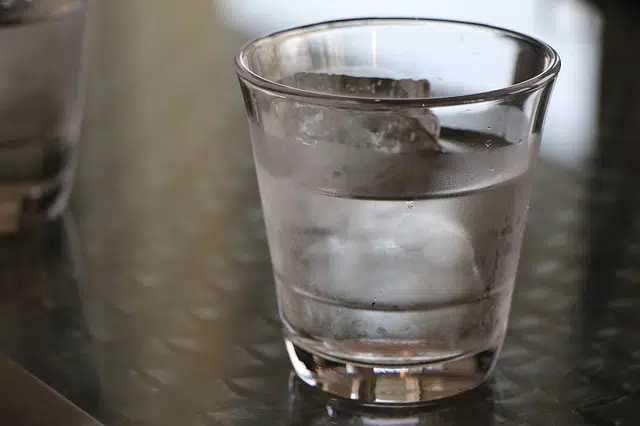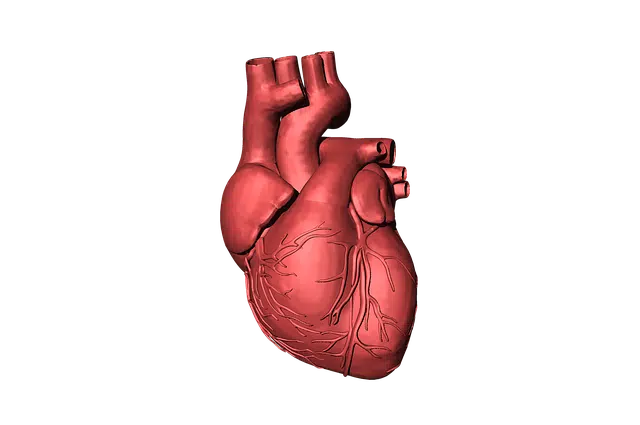
Hydrostatic pressure affects a body that is submerged in a liquid.
Pressure is described as the act and result of compressing, squeezing or squeezing ; to the coercion that can be exercised on a subject or group; or the physical magnitude that allows expressing the power or force that is exerted on an element or body in a certain unit of surface.
Hydrostatics , for its part, is the branch of mechanics that specializes in the balance of fluids . The term is also used as an adjective to refer to what belongs or is linked to said area of mechanics.
What is hydrostatic pressure
Hydrostatic pressure , therefore, accounts for the pressure or force that the weight of a fluid at rest can cause . This is the pressure that an element experiences simply by being immersed in a liquid.
The fluid generates pressure on the bottom, the sides of the container and on the surface of the object placed in it. Said hydrostatic pressure, with the fluid in a state of rest, causes a force perpendicular to the walls of the container or the surface of the object.
The weight exerted by the liquid increases as the depth increases. Hydrostatic pressure is directly proportional to the value of gravity, the density of the liquid and the depth at which it is located.

Capillary hydrostatic pressure allows blood to be pushed through the vessels.
How to calculate
The hydrostatic pressure ( p ) can be calculated from the multiplication of gravity ( g ), the density ( d ) of the liquid and the depth ( h ). In equation: p = dxgxh .
This type of pressure is highly studied in different educational centers so that young people can understand it well and see how it is found in their daily lives. Thus, for example, one of the experiments most used by science teachers to explain science is the one carried out by mixing various fluids.
In this specific case, it is common to place water, oil and alcohol in a glass or bucket. Thus, based on the densities of each of these liquids, the water is at the bottom, the oil is on top of it, and finally the alcohol is on top of both. And it has a greater density.
If the fluid is in motion, it will no longer exert hydrostatic pressure, but will instead be referred to as hydrodynamic pressure . In this case, we are dealing with a thermodynamic pressure that depends on the direction taken from a point.
capillary hydrostatic pressure
In the healthcare field, there is also talk of what is known as capillary hydrostatic pressure to define the pressure that is supported by the pumping of the heart and what it does is push blood through the vessels. Opposite it is also the interstitial hydrostatic pressure which, in turn, is what is carried out by the interstitial fluid, which is the fluid that is housed in the space between the cells.
Likewise in this field, there is also the so-called capillary osmotic pressure, which is what plasma proteins develop, pushing water into the glass in question. And finally we find the interstitial osmotic pressure, which is also carried out by those proteins but which is defined by a lower concentration than the previous one.
